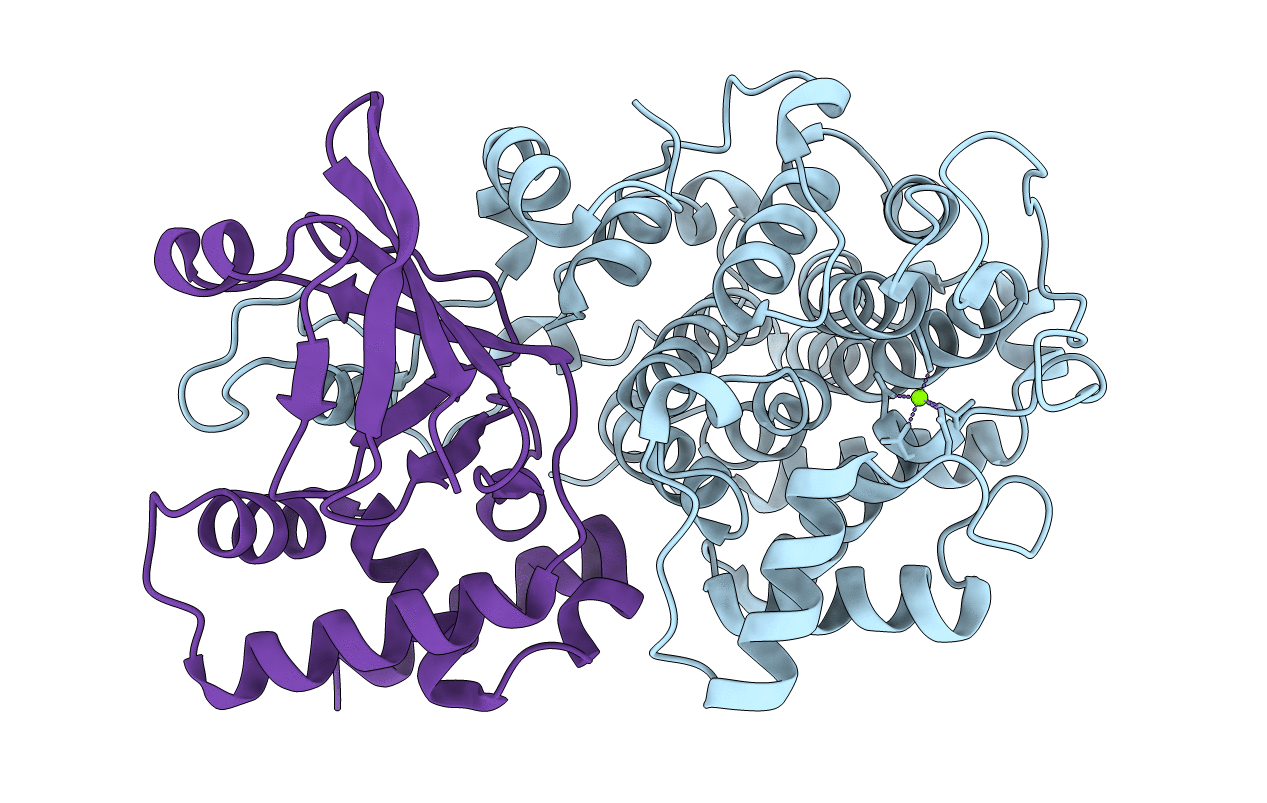
Deposition Date
2018-06-11
Release Date
2018-10-31
Last Version Date
2024-11-13
Entry Detail
Biological Source:
Source Organism:
Serratia proteamaculans (Taxon ID: 399741)
Host Organism:
Method Details:
Experimental Method:
Resolution:
1.80 Å
R-Value Free:
0.19
R-Value Work:
0.15
R-Value Observed:
0.15
Space Group:
C 1 2 1


